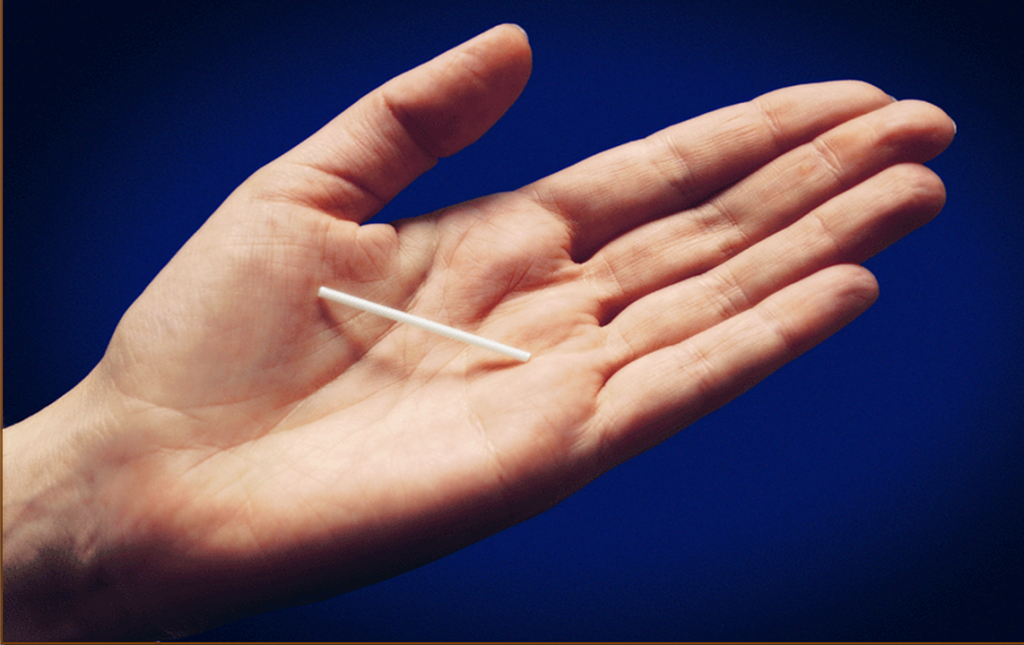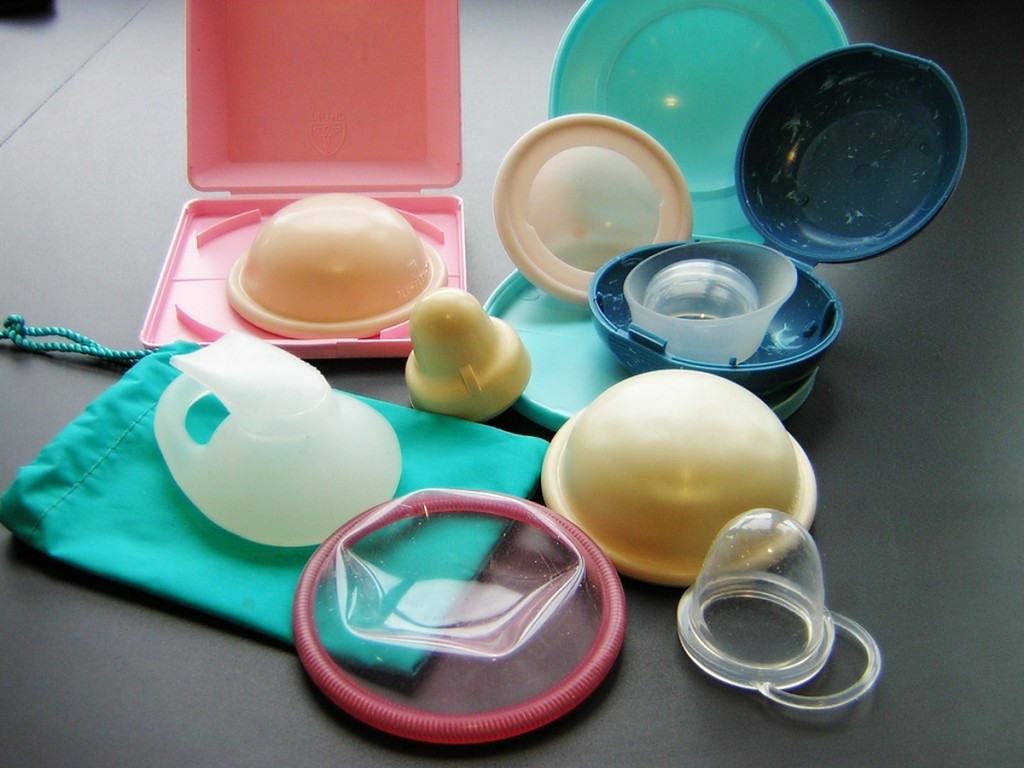Before things get hot and heavy with your other half, you may want to consider that you might not be ready for maternal duties yet. Fret not. There are several techniques and methods used to prevent fertilization/pregnancy at various stages. Today, we’ll look at the common few that require no surgery, almost non invasive, and are highly recommended. These birth controls and it comes in various techniques and methods:
1. Contraception. The prevention of fertilization.
2. Contragestion. The prevention of the implantation of the blastocyst.
Contraceptions are usually condoms or diaphragms, hormonal /oral contraception, and injectable contraceptives. The “pill” is perhaps the most common of all contraception methods. It is available as combined oral contraceptives (COC) which contain both estrogen and progestin, or in progestin only pills (POP) which contain only progestin.
What it (COC) does is it that it suppresses ovulation and for some women, it may make periods more regular. Whereas the other (POP) work by reducing and thickening the cervical mucus to prevent sperm from reaching the egg, and by keeping the uterine lining from thickening to prevent implantation of a fertilized egg.
There are also an injectable progestin which is used to prevent pregnancy. One injection of the progestin Depo-Provera inhibits ovulation, changing the cervical mucus to prevent sperm from reaching an egg, and by changing the uterine lining so that a fertilized egg will be unable to “stick”. However, this method of contragestion requires a woman to return to her gynecologist for a shot every three months because that’s about how long one (effect from one injection) lasts.
Another popular contraception is the diaphragm. This method is only available by prescription and has to be sized by a professional (read: gynecologist) to ensure a proper fit. The diaphragm covers the cervix with a dome-shaped rubber disk with a flexible rim to prevent sperm from entering the uterus. Also, a spermicidal is applied to the diaphragm before insertion to kill sperm. It should never be left in for more than 24 hours due to risk of toxic shock syndrome (TSS).
And there you have it. Should you require more information, contact your nearest health care professional or gynecologist and they’ll walk you through the process of obtaining birth control. Good luck, girls!













